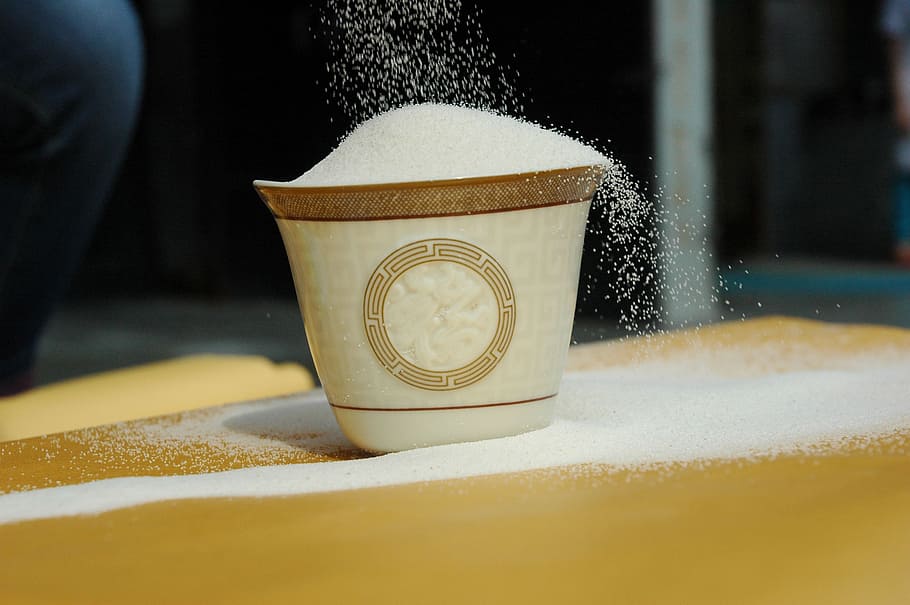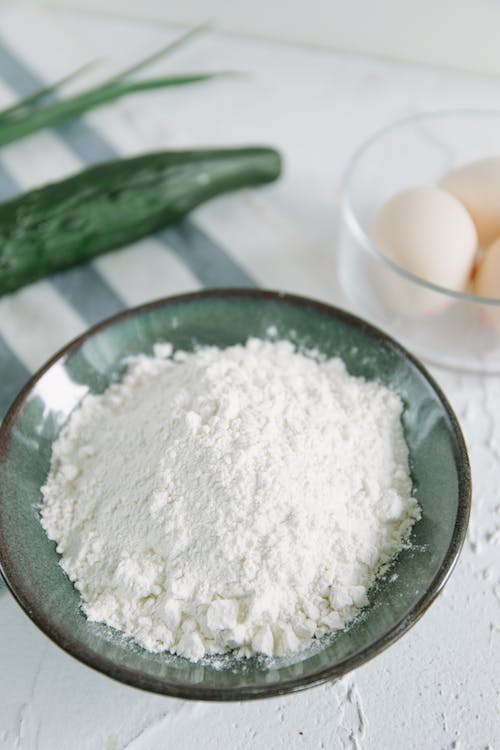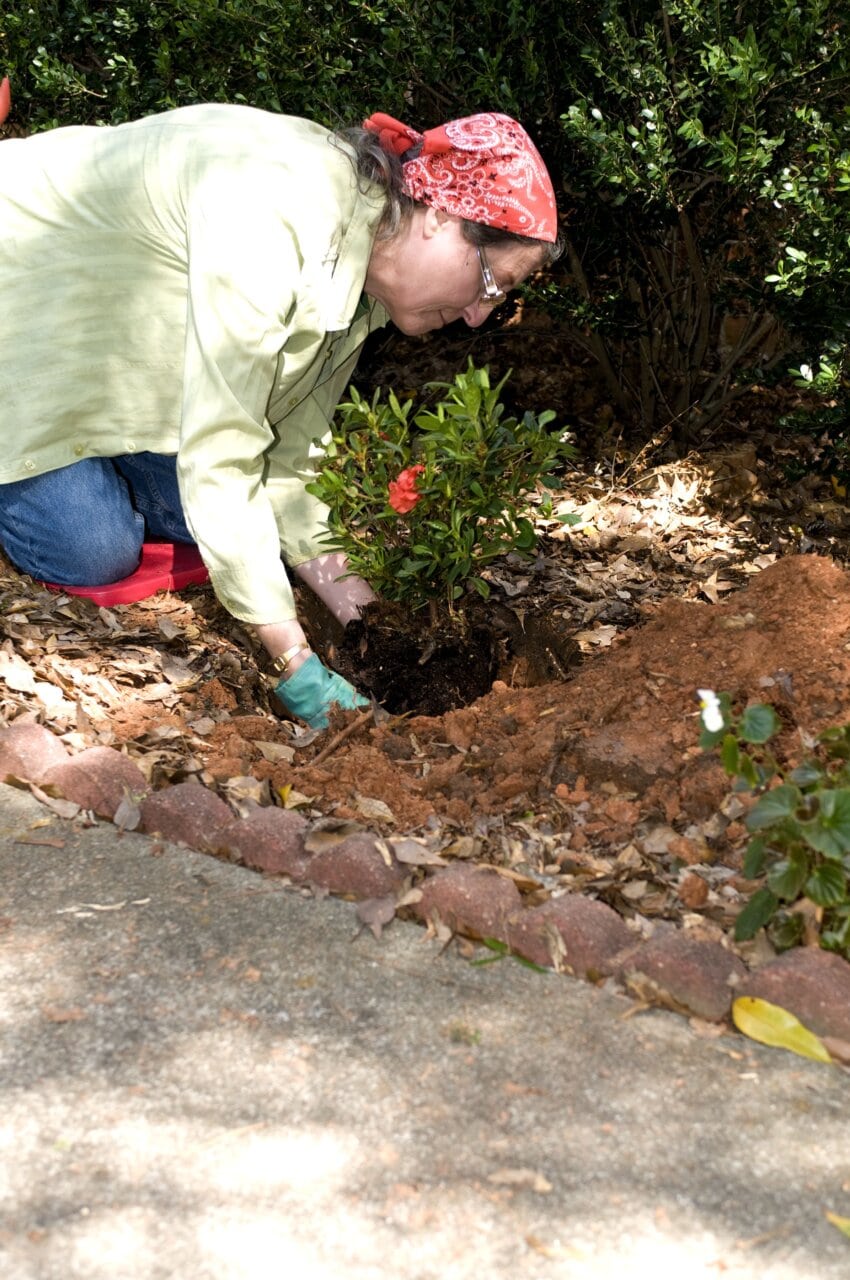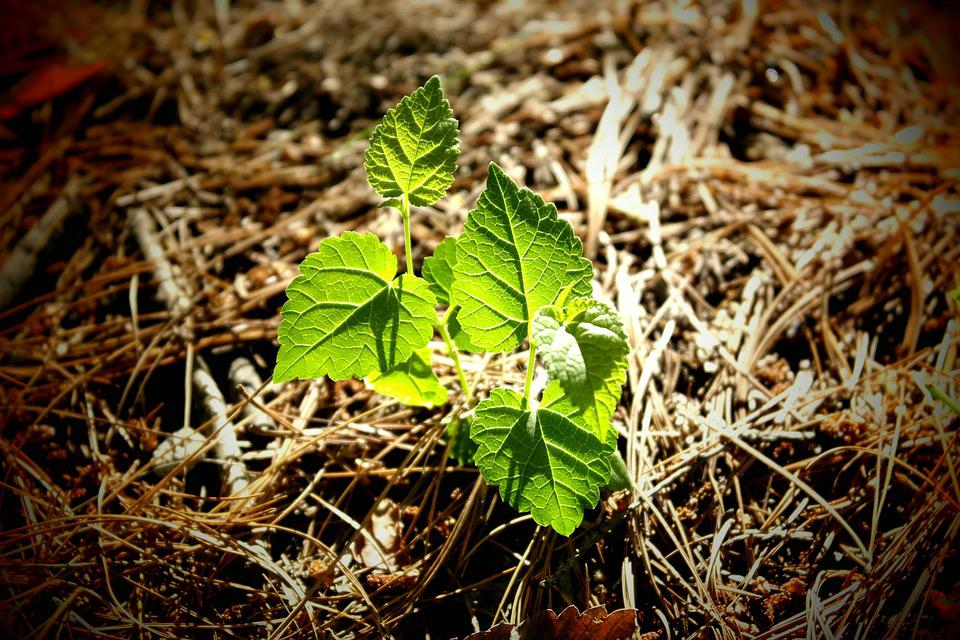Flour is one of the dry foods that are often forgotten at the bottom of the cupboard. When you prepare your savory or sweet dishes, it is then that you realize that the date has passed or that your flour was not properly stored. Useless for your pastries, your expired flour can be recycled and used for other purposes instead of being thrown away. Obsolete flour, whose use as food is compromised, is still handy in other areas. It can be recycled for cleaning, crafts, hair, and ant control. Here are 8 tips for reusing expired flour and avoiding waste.
1. A cleaner for stainless steel, copper, and brass
For taps and cookware, used flour degreases and shines. Mix equal amounts of flour, coarse salt, and white vinegar. Apply the solution to the areas you want to clean and leave it on for a few moments. Rinse with clean water.
2. A frying oil degreaser
Cleaning a deep fryer is no small task. Stale flour is a great help in absorbing grease and making washing easier. Sprinkle your expired flour on the walls full of frying oil. Let the powder work for a good ten minutes. Then remove the flour and grease with a cloth. Then wash your fryer with soapy water.
3. A dry stain remover for surfaces and textiles
In the same way, as grease, stale flour acts on stains by absorption. You can use it on parquet floors or textiles that cannot be machine washed, such as sofa seats. Sprinkle a handful of flour on the stain and leave for several hours before sweeping or vacuuming.
4. A natural glue
Children are always very fond of crafts and manual activities of all kinds. No risk of toxicity with this natural glue. You keep your mind at ease, and the children have the pride of making their own assemblies of paper, cardboard, or light wood. Scrapbooking fan? This glue recipe is not just for kids and saves you money!
Prepare 2 parts water to 1 part expired flour
Pour the water into a saucepan and heat over low heat
When the water starts to cool, gradually add the flour
Stir continuously with a whisk to avoid lumps
The mixture will thicken slowly
Remove the pan from the heat when the consistency is sufficiently homogeneous.
Let cool, and place the glue in a container labeled with the current date
Your natural glue is ready for use with a brush. It will keep for about 4 days in the refrigerator.
5. Homemade modeling clay

You had planned to prepare a cake with your family, but the flour is out of date. Change the activity and suggest that the children make homemade play dough.
Pour 1 cup of expired flour, ½ cup of salt, and 2 teaspoons of baking soda into a saucepan.
Add 1 cup of hot water and 1 teaspoon of oil
Heat over low heat while stirring
The mixture will form a coarse paste that will pull away from the sides of the pan.
Remove from heat and let cool.
Sprinkle old flour on the work surface so the mixture does not stick.
Knead the dough by hand to give it a smoother appearance
Then make small pieces of dough to which you will add the natural coloring of your choice.
Your modeling dough is ready to be used by children and adults alike! After use, place in airtight containers and store in the refrigerator for several weeks or months.
6. Ecological paint
For interior or exterior woodwork, flour-based paint is healthy, environmentally friendly, and resistant for years. So your kilo of expired flour won’t go to waste. To make this wood paint DIY, you’ll need a few more ingredients: water, coloring soil, iron sulfate, linseed oil, and liquid black soap.
7. Dry shampoo
Dry shampoo absorbs oil and allows you to space out your shampoos. Flour is far less toxic than big box hair products, even when it’s past its average shelf life. Mix a little cocoa with the expired flour for brown to dark hair. Then apply the fine powder to your roots with an old makeup brush and massage your scalp. After a few minutes of standing, brush your hair to remove the excess flour.
8. An ant repellent
Looking for a natural insecticide to fight ant invasions in your home? Place a small pile of flour where the ants appear or where they pass through. They usually follow the same path. Stale flour is highly effective, environmentally friendly, and less dangerous to small children and pets than commercial poison discs. You can also use it in your vegetable garden or at the foot of your flowers.
How do you know if your flour is still good to eat?
Fresh products have a “use by” date. Dry grocery products such as pasta, rice, and flour have a Date of Average Durability. These mentions give indications without determining if your flour is still consumable. Indeed, once the date of average durability has passed, the nutritional qualities are no longer guaranteed, but the products do not constitute a danger to health. The flour can, therefore, still be used. However, the taste and consistency may be altered. The final texture of your culinary preparations is no longer guaranteed.
But that’s not the only thing to look for.
Check the smell and general appearance of your flour, regardless of whether or not it is past the date.
If you forgot to put it in the cupboard, check to ensure no food moths have lodged in your package. First, pour your flour into a separate container to inspect it thoroughly before including it in your savory or sweet preparation.
Finally, proper storage of flour also helps reduce waste. Use airtight containers and limit flour contact with air, heat, and humidity as much as possible.


